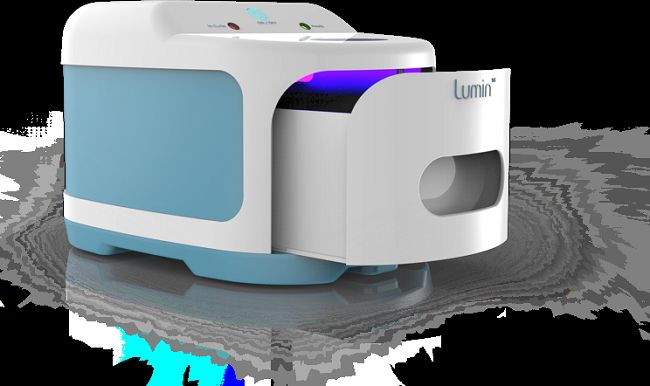 Written by Mike Price, OT
Written by Mike Price, OT
Continuous Positive Airway Pressure (CPAP) machines are an amazing and essential solution for sleep apnea as well as several other conditions that impact the airways. These machines help many people sleep safely and soundly, ensuring a steady flow of oxygen to their airways throughout the night.
Unfortunately, however, between the internal components, the airway tubing, the filters, and the mask’s placement directly on the nose and/or mouth, CPAPs have to be cleaned and maintained regularly so that they continue to function properly, and this can be challenging for a lot of users who really don’t know where to start. Luckily, there is a wide selection of CPAP cleaning tools that make this ordinarily loathsome task so quick and easy you’ll look forward to your weekly cleanings.
.jpg)
So what is the best method for cleaning a CPAP machine and its associated equipment?
Well, while it is possible to clean CPAP machines using a cloth, warm water, and antibacterial dish soap, it is not only recommended that you use CPAP-specific cleaning and maintenance supplies, but they can often make the job a lot quicker, a lot easier, and a lot more effective.
CPAP cleaning toolkits like this one from Kinship Comfort include everything you need in one convenient package. Toolkits usually include supplies like antibacterial wipes for safely sterilizing CPAP equipment, several replaceable air filters for use in most CPAP machines, spray cleaners for masks and tubing, and a specialized brush tool that can be used for cleaning tubing.
Also on the market are pre-moistened wipes specifically designed to safely and easily clean and disinfect your CPAP mask. Like the kitchen wipes many of us use regularly on hard surfaces like countertops and stoves, CPAP mask wipes like these from Contour Living Company come in a convenient cylindrical canister, feeding up and out the top one at a time so you can easily tear one off, wipe down your mask, and move on.
If you’re not happy with the idea of pre-moistened wipes, spray cleaners made for CPAP masks like this all-natural solution from Contour Living Company are also available to provide a convenient solution for cleaning your masks and accessories. Simply saturate the mask with spray and wipe clean with a cloth for a quick and easy mask cleaning solution.
If you’re fed up with wipes and sprays and you just can’t stand having to manually clean your CPAP machine, there is another option. Sanitizing devices like the SoClean 2 CPAP Cleaner from Sunset Healthcare Solutions are designed to use safe, activated oxygen to fully clean and sanitize your CPAP device. This activated oxygen is able to treat and clean the interior surfaces of the machine’s tubing and mask to eliminate bacteria, viruses, and mold, ensuring total sanitization without you ever having to lift a finger.
If you like the idea of a device that just takes care of the whole sanitizing process without you ever having to get involved, then there’s an innovative solution for cleaning your mask as well. Devices like the Lumin CPAP Mask Sanitizer use UV-C light technology to kill 99% of bacteria and effectively sanitize your CPAP mask. The great thing about this device is that it can also be used to safely sanitize your bite guard, toothbrush, dentures, and even your cell phone.

Generally, CPAP manufacturers recommend that users clean their devices at least once a week, although most doctors agree that more frequent cleanings are better if you can manage it.
While most CPAP machines don’t require that you clean the equipment after each use, it is important that you avoid putting cleaning off for extended periods of time. It should be noted, however, that if you are experiencing cold or flu-like symptoms, it is recommended that you clean your device after each use until symptoms improve.
Finally, in the event that the CPAP machine will not be used for some time, it is important to clean the equipment before storing it for long periods. This is because any bacteria or molds that may be left in the tubing will have time to accumulate if they are not cleaned away before storage.
To ensure that you stay well-supplied with CPAP machine cleaning and maintenance equipment, check out Rehabmart’s full selection of CPAP/BiPAP accessories. If you’re in the market to upgrade your CPAP Mask or your CPAP Device, or you’d like more information on these devices or how to choose the right one for your needs, check out Rehabmart’s full catalog of CPAP machines to find the top products from the most trusted medical equipment manufacturers.

Co-Founder of Rehabmart and an Occupational Therapist since 1993. Mike has spent his professional career working in multiple areas of Occupational Therapy, including pediatrics, geriatrics, hand therapy, ergonomics and inpatient / outpatient rehabilitation. Mike enjoys writing articles that help people solve complex therapeutic problems and make better product choices.